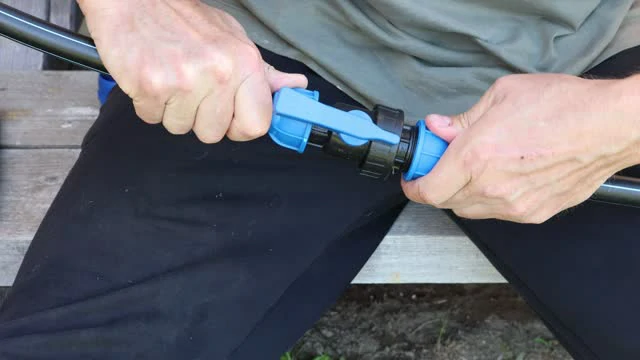Introduction:
In the realm of piping solutions, High-Density Polyethylene (HDPE) stands out as a versatile and durable material. This comprehensive guide explores the characteristics, advantages, and the most common methods for joining HDPE pipe, shedding light on the efficiency and value they bring to diverse applications.
Section 1: Unveiling the Features of HDPE Pipe
Polyethylene Powerhouse:
Explore the foundational strength of HDPE pipes, emphasizing their polyethylene composition that grants them durability and adaptability.
Section 2: Characteristics Defining HDPE Pipe Joining
Adaptability and Flexibility:
Delve into the adaptability and flexibility of HDPE, showcasing how these characteristics influence the joining process and contribute to robust connections.
Leak Resistance:
Emphasize the leak-resistant nature of HDPE pipe joints, highlighting the secure seals achieved through various joining methods.
Section 3: Common Methods of Joining HDPE Pipe
Heat Fusion Mastery:
Explore the heat fusion technique as the most common method for joining HDPE pipes, providing a detailed guide on its principles and applications.
Mechanical Couplings:
Delve into the use of mechanical couplings as a popular joining method, highlighting their versatility and ease of installation for various applications.
Electrofusion Excellence:
Highlight the efficiency of electrofusion in joining HDPE pipes, emphasizing its precision and speed in creating seamless connections.
Section 4: Advantages of Common HDPE Pipe Joining Methods
Rapid Installation:
Showcase the rapid installation capabilities of common HDPE joining methods, underscoring their contribution to timely project completion.
Reliable Seals:
Explore how the common joining methods ensure reliable seals, reducing the risk of leaks and enhancing the overall integrity of the pipeline.
Section 5: Applications and Industries Benefiting from HDPE Pipe Connections
Municipal Water Systems:
Highlight the use of HDPE pipe connections in municipal water systems, showcasing their reliability in water supply and distribution.
Oil and Gas Pipelines:
Explore how HDPE connections contribute to the efficiency and integrity of oil and gas pipelines, where secure joints are critical.
Section 6: Ensuring Quality Connections: Standards and Best Practices
Adherence to Industry Standards:
Emphasize the importance of adherence to industry standards in ensuring quality and longevity of HDPE pipe connections.
Training and Certification:
Highlight the significance of proper training and certification for individuals involved in the installation and joining of HDPE pipes.
Conclusion:
Summarize the key features and advantages of common HDPE pipe joining methods, reinforcing their role in ensuring reliable and efficient connections.
Call to Action:
Empower readers to explore the world of HDPE connections for their projects, providing resources for obtaining additional information, consulting with experts, and making informed decisions to ensure successful and reliable connections in their infrastructure endeavors.
Contact
We will reply your email or fax within 24 hours.
You can call us at any time if there is any question on our production.
For more information,pls visit our webside https://www.ifanplus.com/
Pls Mailto: [email protected]






